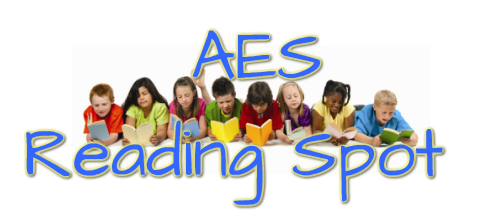COMMON CORE STATE STANDARDS INITIATIVE
Something to think about...
The Common Core is all about deep understanding. One way to think about deep understanding is that it’s mostly about adding more to what you already know. But the evidence from modern learning points in a different direction: It says deeper understanding typically starts by letting go of something you already “know” so you can reincorporate that knowledge into a deeper, more comprehensive system of explanation.

Click on the image to visit the CCSS website for the most up to date information.
Standards For English Language Arts (ELA)
The K–5 standards define what students should understand and be able to do by the end of each grade.
Key Ideas and Details
1. Read closely to determine what the text says explicitly and to make logical inferences from it; cite specific
textual evidence when writing or speaking to support conclusions drawn from the text.
2. Determine central ideas or themes of a text and analyze their development; summarize the key supporting
details and ideas.
3. Analyze how and why individuals, events, and ideas develop and interact over the course of a text.
Craft and Structure
4. Interpret words and phrases as they are used in a text, including determining technical, connotative, and
figurative meanings, and analyze how specific word choices shape meaning or tone.
5. Analyze the structure of texts, including how specific sentences, paragraphs, and larger portions of the text (e.g.,
a section, chapter, scene, or stanza) relate to each other and the whole.
6. Assess how point of view or purpose shapes the content and style of a text.
Integration of Knowledge and Ideas
7. Integrate and evaluate content presented in diverse media and formats, including visually and quantitatively, as
well as in words.
8. Delineate and evaluate the argument and specific claims in a text, including the validity of the reasoning as well
as the relevance and sufficiency of the evidence.
9. Analyze how two or more texts address similar themes or topics in order to build knowledge or to compare the
approaches the authors take.
Range of Reading and Level of Text Complexity
10. Read and comprehend complex literary and informational texts independently and proficiently.
Download the PDF below to
view grade-specific standards:
view grade-specific standards:
| ccssi_ela_standards.pdf | |
| File Size: | 1663 kb |
| File Type: | |

